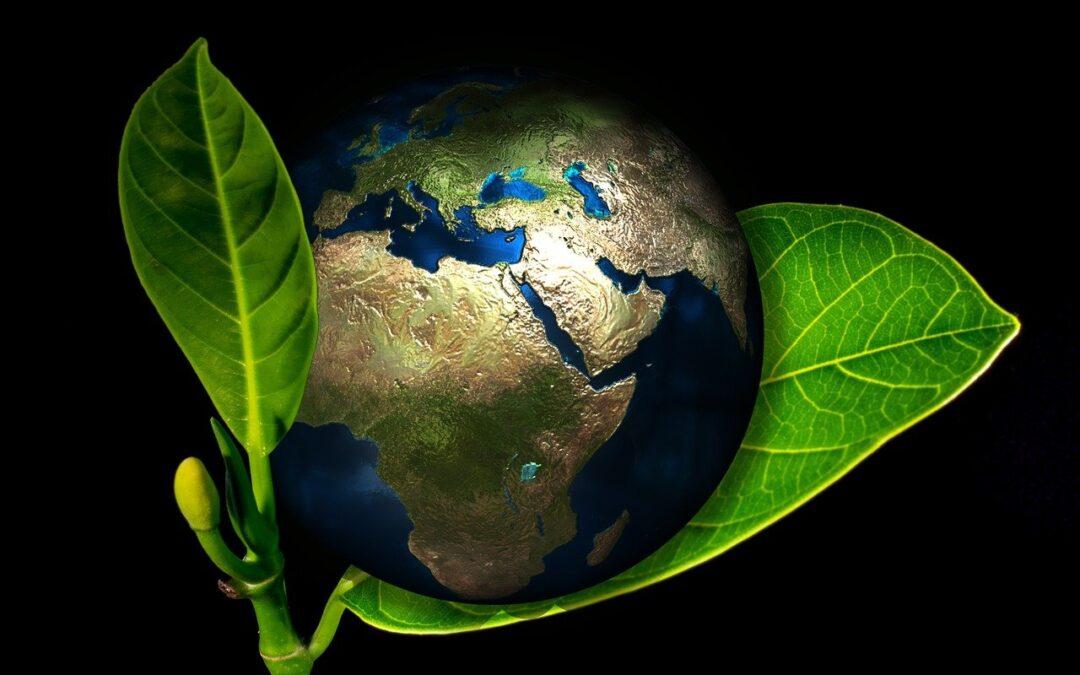Every year, on June 5th, the world comes together to celebrate International Environment Day, a day dedicated to raising awareness and taking action to protect our planet. It provides an opportunity to reflect on the progress made in environmental conservation, understand the challenges we still face, and renew our commitment to a sustainable future. This blog aims to shed light on the state of our environment, highlighting both the accomplishments and the work that lies ahead.
As we conclude this blog, I am pleased to share AgroAmerica’s sustainability report, with the purpose of disseminating our environmentally sustainable practices and encouraging their replication.
Progress Made:
- Renewable Energy Revolution:
In recent years, there has been a remarkable surge in renewable energy adoption. The global capacity for renewable power generation has grown exponentially, with solar and wind energy leading the way. As of 2021, renewable energy accounted for more than 29% of global electricity production, reducing reliance on fossil fuels and mitigating greenhouse gas emissions.
- Conservation Efforts:
Conservation initiatives have yielded positive outcomes in protecting biodiversity and fragile ecosystems. Protected areas and national parks have expanded, preserving critical habitats, and allowing endangered species to recover. Collaborative efforts by governments, NGOs, and local communities have contributed to the recovery of species like the giant panda, black rhino, and Amur leopard.
- Sustainable Development Goals (SDGs):
The United Nations’ Sustainable Development Goals have provided a framework for addressing environmental challenges on a global scale. Progress has been made towards achieving some of the SDGs, such as clean water and sanitation (SDG 6) and affordable and clean energy (SDG 7). Additionally, sustainable consumption and production patterns (SDG 12) are gaining traction through initiatives promoting recycling, reducing food waste, and transitioning to circular economies.
Challenges and Pending Actions:
Here are some factual details and statistics related to the environment:
- Climate Change:
The Earth’s climate is changing due to human activities, primarily the emission of greenhouse gases such as carbon dioxide (CO2) and methane (CH4) into the atmosphere. According to the Intergovernmental Panel on Climate Change (IPCC), the global average temperature has risen by approximately 1.0 degree Celsius (1.8 degrees Fahrenheit) since the pre-industrial era.
I recently wrote a blog on climate change, highlighting technologies that offer hope for mitigating the effects of climate change and reducing our dependence on fossil fuels.
- Deforestation:
Forests play a crucial role in maintaining biodiversity, regulating the climate, and providing essential resources. However, deforestation remains a significant concern. It is estimated that approximately 18.7 million acres (7.6 million hectares) of forest are lost annually, equivalent to about 27 soccer fields every minute.
- Air Pollution:
Poor air quality poses a severe threat to human health and the environment. According to the World Health Organization (WHO), around 91% of the world’s population lives in places where air pollution levels exceed the organization’s guidelines. Outdoor air pollution is responsible for an estimated 4.2 million premature deaths each year.
- Biodiversity Loss:
The Earth is experiencing a significant loss of biodiversity, primarily due to habitat destruction, climate change, pollution, and invasive species. The United Nations estimates that approximately one million plant and animal species are at risk of extinction, some within decades, which could have severe consequences for ecosystems and human well-being.
At AgroAmérica we have an Environmental Commitment and Management Policy that channels various actions in two areas: the sustainable management of natural heritage, which includes the conservation of biodiversity and watersheds; and biodiversity regeneration projects in forest protection zones within our operations. This has been achieved through strategic alliances and long-term programs.
- Renewable Energy:
Transitioning to renewable energy sources is essential for reducing greenhouse gas emissions and mitigating climate change. According to the International Renewable Energy Agency (IRENA), renewable energy accounted for around 26% of global electricity generation in 2018. The deployment of renewable energy technologies, such as solar and wind power, continues to grow, driven by falling costs and increased investments.
- Water Scarcity:
Access to clean water is a fundamental human right, yet many regions face water scarcity issues. It is estimated that around 2.2 billion people globally lack access to safe drinking water. Additionally, unsustainable water management practices and pollution contribute to the degradation of freshwater ecosystems.
Conclusion:
International Environment Day serves as a reminder of our responsibility to protect and preserve our planet. While progress has been made in various aspects of environmental conservation, significant challenges still lie ahead. Climate change, biodiversity loss, plastic pollution, and unsustainable agriculture demand urgent attention and collective action. As individuals, we can make a difference by adopting sustainable habits, supporting renewable energy, advocating for policy changes, and participating in local conservation efforts. Together, we can create a greener and more sustainable future for generations to come.
At AgroAmerica, we are committed in various areas to contribute to the preservation of our planet. We have undertaken important initiatives in areas such as water conservation, reforestation, climate change mitigation, biodiversity protection and the promotion of renewable energies. Our goal is to do our part to preserve the environment.
